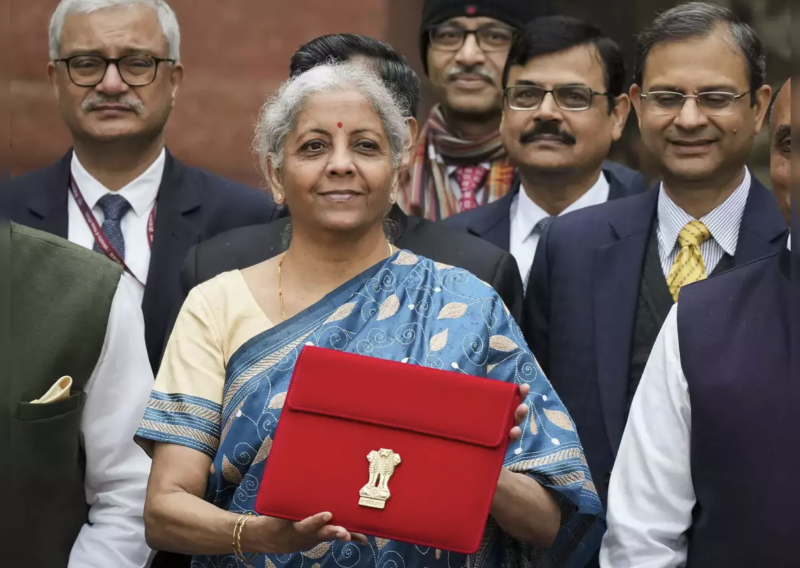
Indian Prime Minister Narendra Modi’s government has presented its last pre-election budget, as the country heads to the polls in the coming months.
Finance Minister Nirmala Sitharaman presented the interim budget on February 1, 2024. Over $130 billion has been allocated for infrastructure spending, which represents a growth of 11% over last year’s spending plan.
The Modi government has largely resisted from making populist announcements in the interim budget, with the spending plan sparse on promises of large fiscal outlays on electorate centered welfare schemes.
Economic analysts suggested that the budget was largely in line with expectations. The government has sought to focus on India’s lagging rural economy, as spending in rural households has remained weak despite the headline 7.3% GDP growth rate.
India’s GDP growth rate is slated to hover around the 7% mark for the 2025 fiscal year. Additional taxation income is expected to reduce the fiscal deficit by another 50 basis points, to 5.1%.
High inflation and weak wage growth have impacted rural areas in India disproportionately. Sitharaman claimed that the government would finance the construction of 20 million affordable homes in the next five years, with a view to revitalizing the country’s rural economy.
The budget includes a 3.3% cut in food subsidy programs, and a 13% decline in the government’s fertilizer bill.
India’s GDP growth rate is slated to hover around the 7% mark for the 2025 fiscal year. Additional taxation income is expected to reduce the fiscal deficit by another 50 basis points, to 5.1%. Taxpayer revenue for the 2025 fiscal year is expected to increase by 11.4% to approximately $461 billion.
Dr. Raghuram Rajan, former governor of the RBI, the Indian central bank, criticized the budget for not paying enough attention to “creating human capital” in a comment to the BBC.
Despite posting impressive growth figures, the Indian economy continues to struggle with widespread hunger, troubling levels of youth unemployment and the economic marginalization of farmers, who have been impacted by high input prices and poor returns amidst a tide of food prices inflation.
In a comment on January 30, finance minister Nirmala Sitharaman claimed that India would become the world’s third largest economy by 2027, boasting a gross domestic product of $5 trillion.
Surprisingly for an election year budget, the plan did not include any tax cuts for the salaried middle classes or extravagant spending on social schemes. The budget’s muted tone belies a sense of confidence as the ruling Bharatiya Janata Party is widely expected to win re-election.
As India’s opposition parties crumble under the weight of an organizational and leadership crisis, the BJP’s economic performance will likely sell well for Modi’s campaign promises. Despite posting impressive growth figures, the Indian economy continues to struggle with widespread hunger, troubling levels of youth unemployment and the economic marginalization of farmers, who have been impacted by high input prices and poor returns amidst a tide of food prices inflation.
